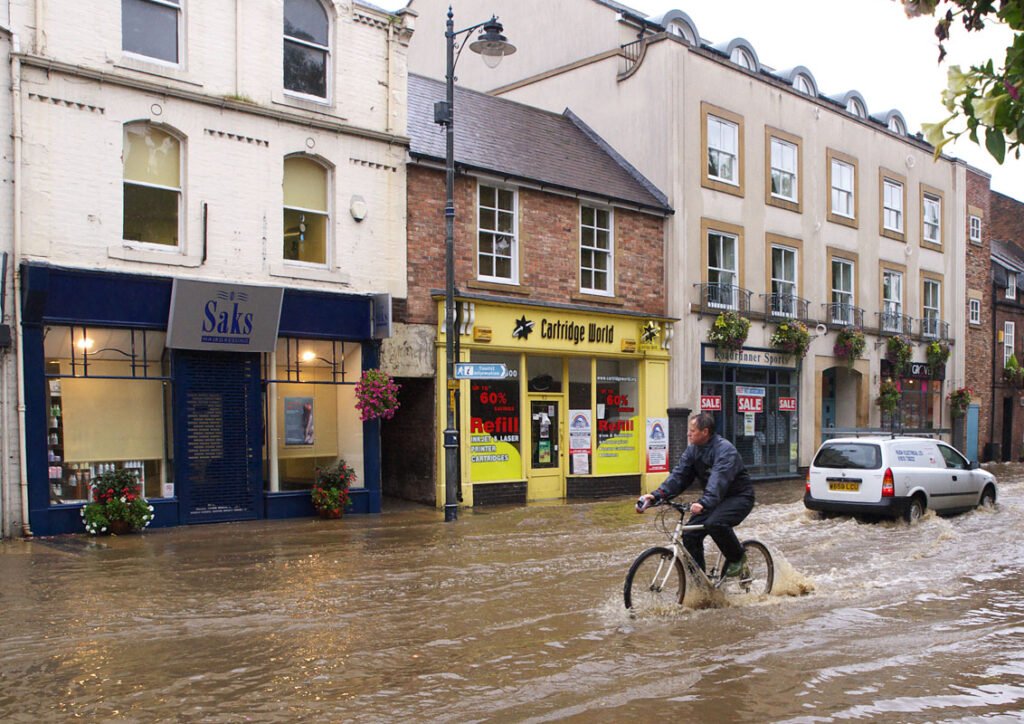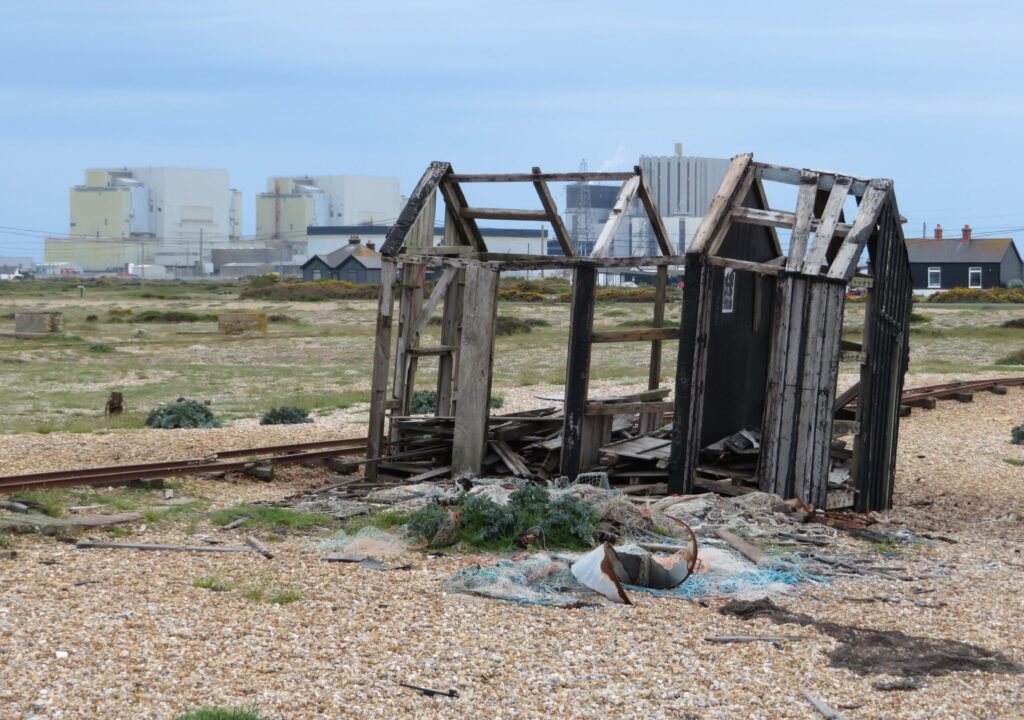Imagine waking up one morning to find your street transformed into a river, your car submerged, and your basement flooded. This is not a scene from a disaster movie but a reality for many urban dwellers today. As climate change intensifies, the frequency and severity of heavy rainfalls are increasing. Yet, paradoxically, many cities find themselves ill-equipped to manage these deluges. The consequences are not only frustrating but also financially and environmentally costly. But why are cities struggling so much with heavy rainfalls? Let’s dive into the heart of this pressing issue.
Urbanization: The Concrete Jungle’s Dilemma

Cities, in their quest for growth and development, have become sprawling concrete jungles. This rapid urbanization has drastically altered the natural landscape. When rain falls on natural terrain, much of it is absorbed by the soil. However, in cities dominated by asphalt and concrete, rainwater has nowhere to go. This leads to increased surface runoff, overwhelming drainage systems that were never designed to handle such volumes. The result? Flooded streets and neighborhoods. Imagine trying to pour a gallon of water into a shot glass; that’s essentially what’s happening in our cities.
Outdated Infrastructure: A Ticking Time Bomb

Many cities worldwide are relying on infrastructure that was built decades ago. These systems were designed for the climate patterns of the past, not the intense storms of today. Over time, these drainage systems have become clogged with debris, reducing their capacity even further. Updating infrastructure is an expensive endeavor that many cities are hesitant to undertake. However, the cost of inaction is beginning to outweigh the financial burden of upgrades. It’s like trying to run a marathon wearing shoes that are two sizes too small.
Climate Change: The Unpredictable Factor
The unpredictable nature of climate change has thrown a wrench into the planning processes of urban developers. Rising global temperatures lead to more evaporation, which in turn results in heavier rainfall. This change is not gradual but rather abrupt and erratic, making it difficult for cities to predict and prepare. The unpredictability of these events leaves cities vulnerable, much like a ship navigating a stormy sea without a compass.
Population Growth: More People, More Problems
As cities expand, so does their population. More people mean more infrastructure, more waste, and more strain on existing systems. This growth often outpaces the ability of cities to upgrade their infrastructure. The increased demand on drainage and sewage systems exacerbates the problem, turning a heavy downpour into a potential disaster. It’s akin to adding more passengers to an already overburdened ferry.
Land Use Changes: A Double-Edged Sword
Land use changes, such as deforestation and the conversion of wetlands for urban development, have significant impacts on a city’s ability to handle heavy rainfalls. These areas naturally absorb water and mitigate flooding. By removing them, cities lose a crucial ally in managing water flow. The situation is akin to removing the brakes from a car and expecting it to stop on a dime.
Inadequate Planning: A Short-Sighted Approach
Urban planning often focuses on immediate needs rather than long-term sustainability. This short-sightedness results in infrastructure that cannot cope with the challenges posed by changing weather patterns. Without a proactive approach to planning, cities remain reactive, dealing with crises as they arise rather than preventing them. It’s like trying to fix a leaky roof during a rainstorm instead of before it begins to leak.
Socioeconomic Disparities: The Unequal Impact
Heavy downpours do not affect all city residents equally. Low-income neighborhoods often suffer the most due to inadequate infrastructure and lack of resources. These areas may lack the political clout to advocate for necessary upgrades, leaving them vulnerable. This disparity highlights the broader issue of environmental justice, where the most vulnerable populations bear the brunt of climate-related disasters.
Technological Solutions: A Ray of Hope
Despite the challenges, technology offers promising solutions. Green infrastructure, such as green roofs and permeable pavements, can help absorb rainwater and reduce runoff. Smart sensors can monitor drainage systems in real-time, allowing for quicker responses to potential flooding. These innovations provide a glimmer of hope for cities struggling to manage heavy rainfalls, much like a lighthouse guiding ships safely to shore.
Community Involvement: A Collective Effort
Addressing the challenges posed by heavy rainfalls requires a collective effort. Community involvement in urban planning can lead to more sustainable and resilient solutions. By engaging residents in decision-making processes, cities can ensure that infrastructure meets the needs of all citizens. This collaborative approach fosters a sense of ownership and responsibility, transforming passive residents into active participants in their city’s future.
The Path Forward: Adapting to a New Normal
As cities grapple with the realities of climate change, adaptation becomes crucial. By investing in infrastructure upgrades, embracing technological innovations, and involving communities in planning, cities can become more resilient. The path forward requires a shift in mindset from reactive to proactive, from short-term fixes to long-term solutions. The challenges are significant, but so too are the opportunities for transformation. As we navigate this new normal, one question remains: Are we ready to embrace the changes needed to protect our cities from the deluge?



